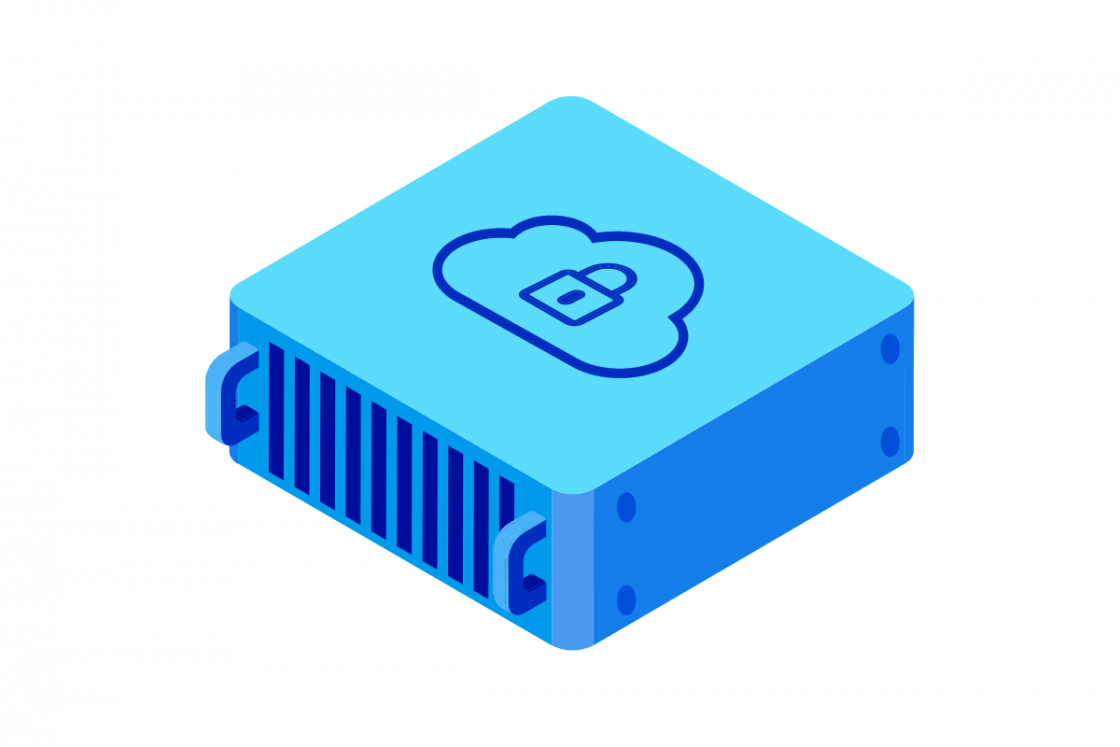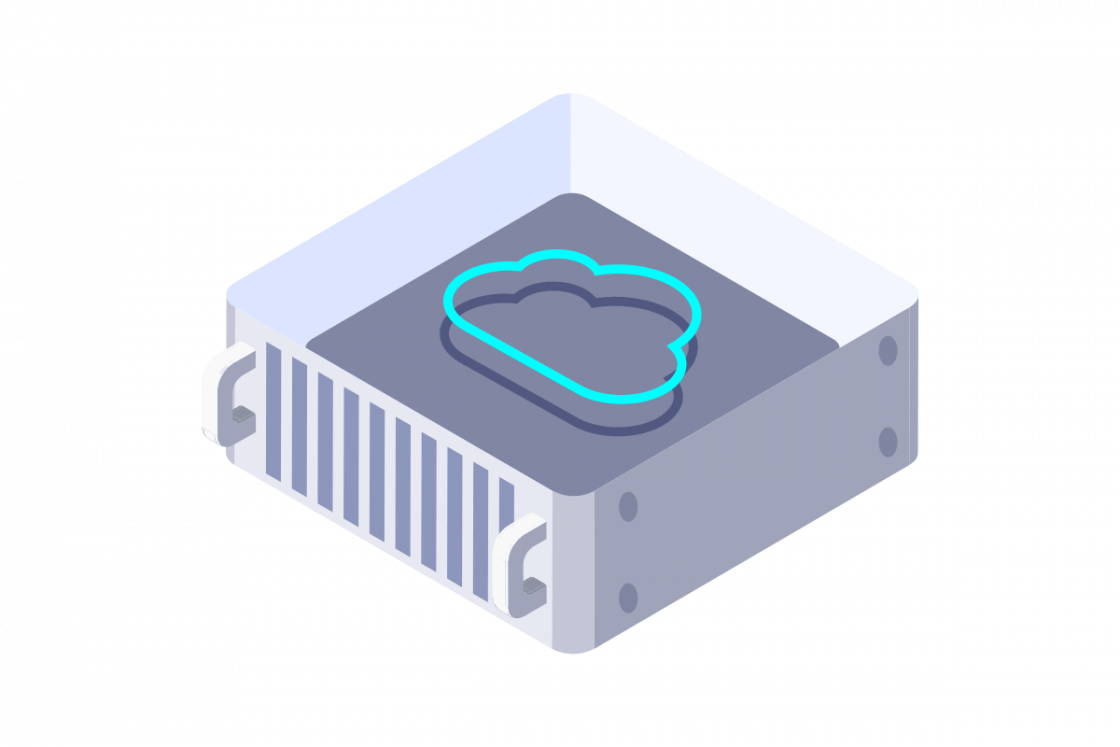What is predictive analytics?
Predictive Analytics – The Practice of Forecasting Future Outcomes
Predictive analytics is the practice of using historical data, combined with statistical algorithms and machine learning techniques, to make informed predictions about future events, trends, or behaviours.
It represents a significant shift from traditional business intelligence, which primarily focuses on descriptive analytics (what happened in the past) and diagnostic analytics (why it happened). Instead, predictive analytics aims to answer the crucial question: what is likely to happen next?

Why use predictive analytics?
Predictive data analytics is moving from hindsight to foresight. While looking at past sales reports tells you what you sold (descriptive), predictive analytics analyses patterns within that sales data—perhaps combined with customer demographics, marketing spend, or economic indicators—to forecast future sales figures or identify which customers are most likely to make a purchase soon.
Some examples of what you might generate with predictive analytics include:
- A score indicating the likelihood a customer will churn (stop using a service)
- A forecast of demand for a product in the next quarter
- An alert signifying a high probability of equipment malfunction within a specific timeframe
- A segmentation of prospects based on their predicted likelihood to respond to a marketing campaign
Ultimately, the goal of explaining and utilizing predictive analytics is to empower organizations to make proactive, data-driven decisions.
By anticipating future possibilities, businesses can optimize operations, mitigate risks, personalize customer experiences, and uncover new opportunities more effectively than relying solely on past performance or intuition.
How does predictive analytics work?
Predictive analytics achieves its forecasting power through various mathematical predictive models, which could even precede deep learning. These aren't interchangeable; the best approach depends entirely on the question being asked and the nature of the data available.
Understanding the main types of models helps clarify how predictive analytics works in practice.
Classification Models
Classification models are fundamental when the goal is to assign an item to a predefined category or class. They essentially answer "yes/no" questions or determine "which group" something belongs to.
These models learn from historical data where the categories are already known (labelled data), identifying patterns associated with each class. This learning is then applied to new data points to predict their most likely category.
Common applications are widespread, including filtering emails into spam or not spam, predicting whether a customer will churn or remain loyal, identifying financial transactions as potentially fraudulent or legitimate.
Regression Models
When the prediction required is a specific number rather than a category, linear regression models are employed, these models focus on forecasting continuous numerical values, answering questions like "How much?" or "How many?"
They work by analysing and modelling the relationship between various input factors (independent variables) and the target value (dependent variable). For instance, a business might use regression to forecast future sales revenue based on past performance and marketing efforts, or a real estate analyst might use it to estimate the market price of a house considering its features and location.
Predicting product demand and optimising resource allocation based on expected traffic are other key uses. (Linear Regression is a foundational example.)
Clustering Models
Distinct from classification, clustering models aim to discover natural groupings within data without relying on predefined labels.
They explore the data to group similar items together into 'clusters', answering the question, "What are the natural segments in this data?". The algorithms identify data points that share common characteristics, separating them from other dissimilar points. This technique is highly valuable for customer segmentation, where businesses can locate groups of customers with similar behaviours for targeted marketing campaigns.
Other uses include grouping related documents or research papers based on content, and sometimes identifying unusual data points that don't fit well into any cluster, which can be a form of anomaly detection. (K-Means is a widely used clustering algorithm.)
Time Series Models
Predictive modelling often involves forecasting future values based on past performance over time. This is the speciality of time series models, which analyse sequences of data points collected at regular time intervals (e.g., daily, monthly, yearly).
They are uniquely designed to account for the temporal dependencies within the data, identifying patterns such as long-term trends, predictable seasonal variations (seasonality), and other time-related cycles.
This makes them essential for tasks like financial forecasting (predicting stock prices or exchange rates), weather prediction, resource planning (estimating future call centre volume or energy demand), and optimising inventory management by anticipating future sales. (Models like ARIMA and Exponential Smoothing (ETS) are commonly used.)
How does predictive analytics work?
Predictive analytics is a systematic process that transforms raw data into valuable future insights using supervised machine learning models. While the specific tools and techniques can be complex, the overall workflow generally follows a series of logical steps, pulling data from a data warehouse or data lakehouse, often requiring iteration and refinement along the way.
- Defining the objective: The journey begins with a clear understanding of the business problem or question. What specific outcome do we want to predict? Defining a precise objective is crucial because it guides every subsequent step, from data collection to model selection and evaluation.
- Data collection: Once the goal is clear, the next step is to gather the necessary data. This involves identifying relevant data sources, which could include customer relationship management (CRM) systems, transaction databases, or sensor readings.
- Data preparation: Raw data is rarely ready for analysis immediately. This stage, often the most time-consuming, involves cleaning and transforming the data. Data cleaning addresses issues like missing values, errors, duplicates, and inconsistencies. The goal is to create a clean, reliable dataset that accurately reflects the factors influencing the outcome you want to predict.
- Model selection: With prepared data, the focus shifts to choosing the right predictive model. The choice depends heavily on the objective defined in step one. Often, data scientists experiment with multiple models to find the best fit.
- Model training: This is where the learning happens. The prepared historical data (typically a large portion of it, known as the 'training set') is fed into the selected algorithm(s). The algorithm processes this data, identifying patterns, relationships, and correlations linked to the outcomes of interest.
- Model evaluation: A model trained on data isn't useful unless its predictive accuracy can be verified. The model's performance is tested using a separate portion of the historical data it hasn't seen before (the 'test set'). Various statistical metrics are used to evaluate how accurately the model predicts outcomes compared to the actual results in the test data.
- Model deployment: Once validated, the predictive model is ready to be put into action. Deployment involves integrating the model into the relevant operational systems or business processes.
The predictive analytics process doesn't end with deployment. Data patterns can change over time (a concept known as 'model drift'), potentially reducing the model's accuracy.
Therefore, it's crucial to continuously monitor the model's performance in the live environment. Regular maintenance, which might involve retraining the model with fresh data or even redesigning it if fundamental patterns shift, ensures the predictions remain accurate and relevant over time.
Overall, it’s a structured, iterative process – from defining the business need through data handling, modelling, and ongoing monitoring — that forms the backbone of how predictive analytics effectively turns historical data into actionable foresight.
Uses of predictive analytics
The true power of predictive analytics lies in its versatility and its ability to drive tangible value across nearly every industry and business function.
By moving beyond historical reporting to anticipate future outcomes, organizations can make smarter, proactive decisions that optimize performance, mitigate risks, and enhance customer experiences. Here are some key areas where predictive analytics is making a significant impact.
CRM and marketing
Understanding and anticipating customer behavior is crucial for business growth. Predictive analytics enables companies to predict customer churn, identifying individuals likely to leave so proactive retention strategies can be implemented.
It helps estimate Customer Lifetime Value (CLV), allowing businesses to focus resources on high-value segments.
Marketing campaigns become more effective through propensity modeling (predicting which customers are most likely to respond to specific offers) and lead scoring (prioritising sales leads based on their predicted likelihood to convert). Sentiment analysis on customer feedback can also indicate shifts in brand perception.
Operations and risk management
Efficiency and security are paramount in operations. Predictive maintenance is a standout application, using sensor data to forecast equipment failures before they happen, minimizing downtime and repair costs in manufacturing, energy, and transportation.
Fraud detection models analyse transaction patterns in real time to identify and flag suspicious activities in banking, insurance, and e-commerce, saving significant sums.
Organizations also use predictive analytics for resource optimization, forecasting demand to schedule staff appropriately or manage energy consumption more effectively. In cybersecurity, it helps predict and identify potential network threats or data breaches.
Finance and insurance
The financial services industry heavily relies on predictive analytics for risk assessment and opportunity identification. Credit scoring models predict the likelihood of loan defaults, informing lending decisions.
Insurance companies use predictive models to assess risk more accurately when pricing policies and to predict the likelihood and potential cost of future claims. Algorithmic trading uses predictive models to forecast market movements and execute trades automatically.
Healthcare
Predictive analytics holds immense potential for improving patient outcomes and operational efficiency in healthcare.
It can be used to predict disease outbreaks based on public health data, stratify patients based on their risk of developing certain conditions or complications, and forecast hospital readmission rates to enable targeted interventions. It also plays a role in personalized medicine, helping to predict patient responses to different treatments.
Retail and e-commerce
In the competitive retail landscape, predictive analytics drives personalisation and efficiency. Demand forecasting helps optimize inventory levels, reducing stockouts and overstocking.
Recommendation engines, common on e-commerce sites and streaming platforms, predict which products or content a user is likely to be interested in, enhancing engagement and sales. Price optimisation models enable retailers to set competitive prices based on anticipated demand and competitor actions.
Manufacturing and supply chain
Beyond predictive maintenance, manufacturers use predictive analytics for quality control, identifying factors that predict product defects on the production line.
In the supply chain, it optimises logistics by predicting shipping times, forecasting demand across different nodes, and identifying potential disruptions.
These examples merely scratch the surface. From optimizing city services to improving agricultural yields, the applications of predictive analytics continue to expand, fundamentally changing how organizations leverage data to anticipate and shape their future.
Our data Solutions
OVHcloud's powerful suite of data-centric solutions is designed to help you manage, process, analyse, and leverage your data effectively.
From building robust data platforms and running large-scale analytics to deploying cutting-edge artificial intelligence and machine learning models, our tools provide the performance, scalability, and control you need to transform data into actionable insights and drive your business forward:

Data Analytics Solutions
Unlock the power of your data with OVHcloud's Cloud Analytics platform. Effortlessly collect, store, process, and visualise vast datasets using open-source big data technologies like Apache Spark, Hadoop, and Kafka. Our managed solutions simplify complex data pipelines, allowing you to focus on extracting valuable insights.

Data Platform
Build a robust foundation for your data strategy with OVHcloud's comprehensive Data Platform. This integrated suite provides managed databases, object storage, data processing tools, and orchestration capabilities.

AI Solutions
Accelerate your artificial intelligence projects with OVHcloud's AI & Machine Learning solutions. Access powerful computing resources, including high-performance GPUs, and leverage managed platforms for seamless model training, deployment, and management (MLOps). From data preparation and experimentation with AI Notebooks to deploying scalable AI applications with AI Deploy, our tools empower data scientists and developers to build and run sophisticated AI models efficiently and cost-effectively, supporting the entire machine learning lifecycle.